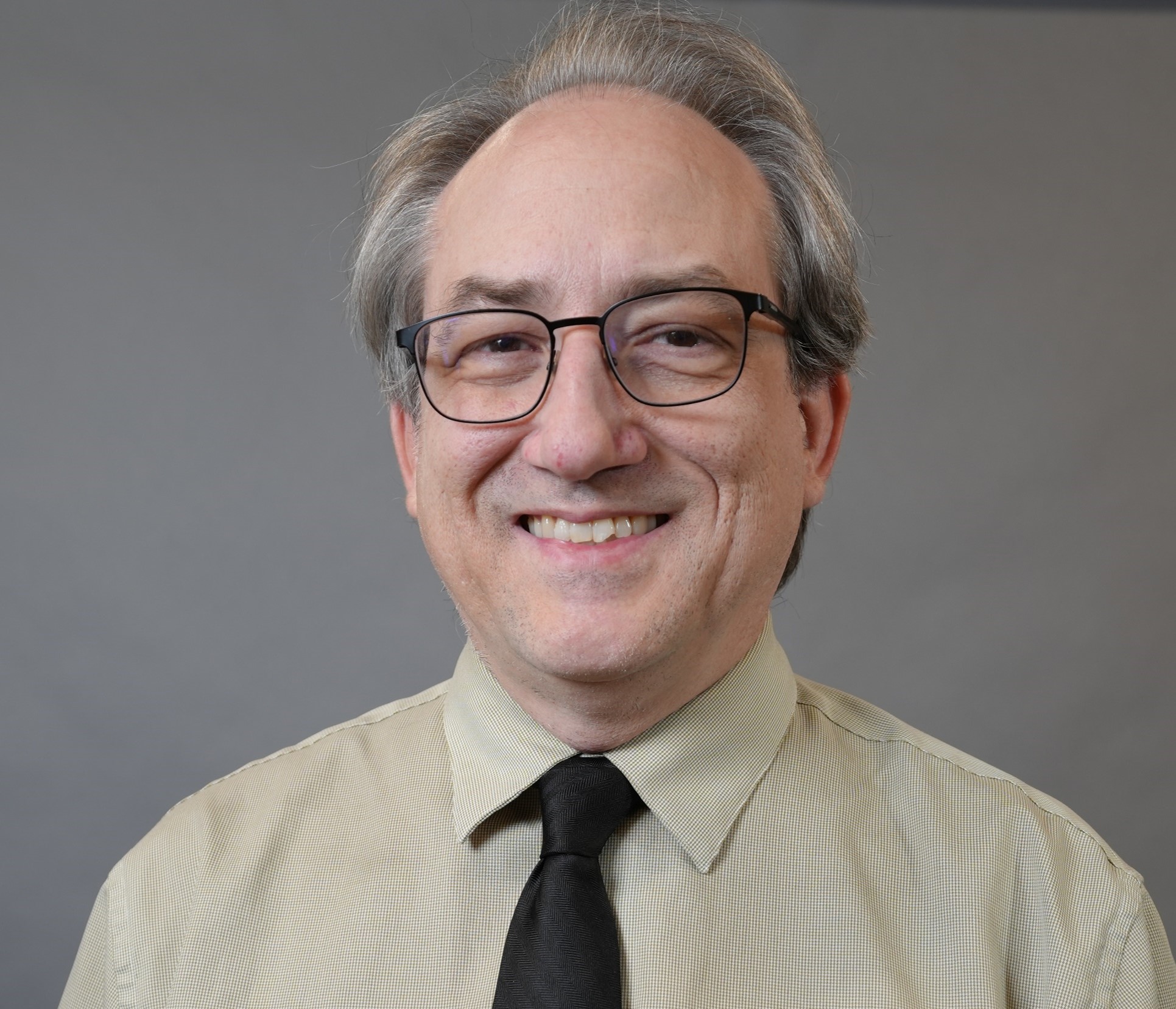
Gas-Phase Spectroscopy
102 Cardwell Hall
Fiber lasers offer many advantages compared to their free-space laser counterparts in terms of lasing efficiency, compactness, and insensitivity to misalignment. For a number of years we have been generating near-infrared (IR) pulse trains using mode-locked fiber lasers for gas phase spectroscopy. Since molecular gases absorb 1000 times more strongly in the mid-IR (2 to 5 μm) it would be advantageous to produce mid-IR radiation using a fiber laser. This is challenging due the strong mid-IR absorption in fused-silica fiber and the limited choice of fiber dopants to provide the sub-eV energies needed.
Our approach is to produce coherent mid-IR radiation from a near-IR fiber laser source and my colloquium will describe different endeavors towards that goal. I will discuss the creation a new class of gas lasers that use a strong near-IR pump to generate lasing in the mid-IR. This laser has a molecular gas medium in a hollow-core photonic crystal fiber so it will have the advantages of a gas laser with a cavity compatible with optical fiber technology. I will also discuss the development of a mode-locked Tm/Ho doped fiber laser than uses supercontinuum generation in ZBLAN fiber to produce broadband mid-IR radiation. Finally, I will discuss our recent project to develop a mid-IR dual-comb spectroscopic (DCS) system for the detection of agriculturally significant gases. Working along faculty in the Department of Agronomy, our goal is to develop a field-deployable, mid-IR DCS system based on phase-stabilized, near-IR mode-locked fiber lasers and difference frequency generation.
